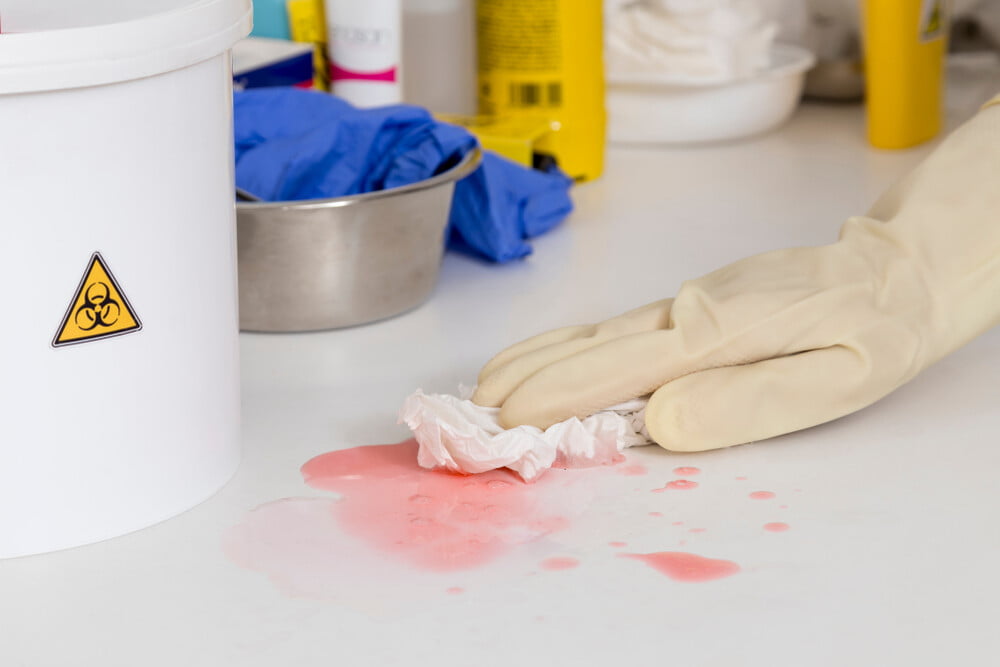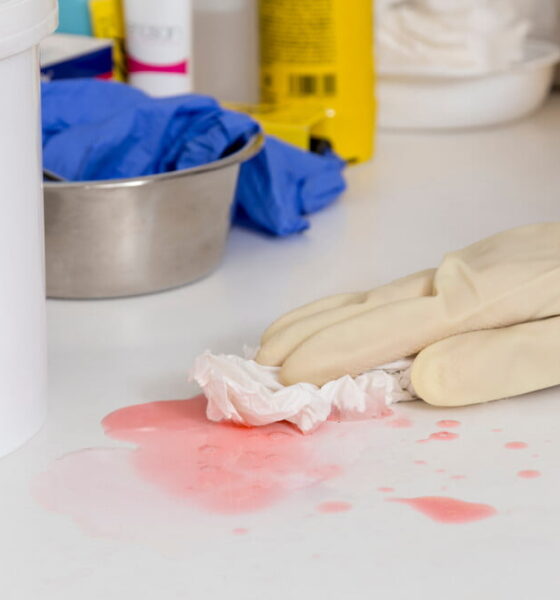

Environment
Hidden Environmental Risks of Traditional Cleaning Products
Cleaning products have evolved considerably over the years. Unfortunately, despite their many benefits, they have some negative impacts on the environment. The good news is that there is a new generation of green cleaning products, which will help preserve our environment in the years to come.
The evolution of cleaning products and their impact on our environment
Throughout most of our history, cleaning products were very primitive. You don’t need to look much further than the classic movie a Christmas story. Little Ralphie is for us to chew on a bar of soap after using inappropriate words in front of his parents. When you look at the soap, you can see that it is very basic. It doesn’t look like much, compared to what we would use today.
Cleaning products were still very basic until the mid-1900s. Around that time, a number of new cleaning supplies reach to the market. While the first chlorine-based bleaches were developed in the 18th century, those types of products didn’t start becoming really popular until the 1950s and 60s. Lots of new disinfectants and other cleaning supplies also started being sold to the masses.
The implications of new cleaning products on the environment
Lots of household cleaners contain multiple chemicals that are toxic to the environment. The United States Environmental Protection Agency has listed some of the chemicals that are most dangerous. They include:
- Phosphorus
- Nitrogen
- Ammonia
- Volatile organic compounds
You would be surprised by how much of a composition some of these toxic chemicals make up in your average household cleaners. For example, standard dishwasher detergents are made up of 30% to 40% phosphorus.
Even when dishwashing detergent is trained down the sink, some of it may end up in the environment. This can be a common problem if there are problems with your plumbing or septic system. Of course, it can also contaminate the environment when people wash their cars or engage in outdoor activities that involve detergent, such as using it as a lubricant for slip and slide products for their kids.
What problems are likely to occur if this happens? The EPA has highlighted a few of them, based on the fact that dishwashing detergent are highly concentrated phosphorus bases.
The most obvious problem is that the chemicals themselves are toxic to many plants and animals and the environment. However, there are also other issues that need to be discussed.
High levels of phosphorus also lead to the proliferation of algae. When too much phosphorus is introduced into the environment, algae levels multiply at a rate that the environment cannot handle. They consume a lot of the oxygen in our lakes and rivers, which leaves too little for fish and other marine life to survive. They also compete with vegetation for space, which can lead to shortages of important plants.
The algae itself is also toxic. When it comes into contact with animals, it contaminates the food supply. This means that humans that eat fish and other animals that have been into much contact with algae may end up suffering from serious health problems.
The same problems occur with cleaning products that are rich in nitrogen. The good news is that there are a lot of new cleaning products that aren’t composed of either of these bases. Some of them even use harmless substances, such as steam. This is one of the reasons steam mops are becoming so popular.
Green alternatives are ideal
The good news is that a wide range of new, greener cleaning products have reached the market. These cleaning products are made up of ingredients that can rupture the nuclei of harmful bacteria, but are otherwise harmless to larger organisms. This makes them much more suitable alternative for people that want to protect the environment while keeping their home spic and span.
Many homeowners that are concerned about green living are turning to these types of products. It is likely to have a beneficial impact on our environment for the years to come. As they become more versatile and easy to produce, it is likely that they will eventually replace traditional, toxic cleaning products such as bleachers and ammonia.


 Environment9 months ago
Environment9 months agoAre Polymer Banknotes: an Eco-Friendly Trend or a Groundswell?

 Environment11 months ago
Environment11 months agoEco-Friendly Home Improvements: Top 7 Upgrades for 2025

 Features8 months ago
Features8 months agoEco-Friendly Cryptocurrencies: Sustainable Investment Choices

 Features10 months ago
Features10 months agoEco-Friendly Crypto Traders Must Find the Right Exchange

















